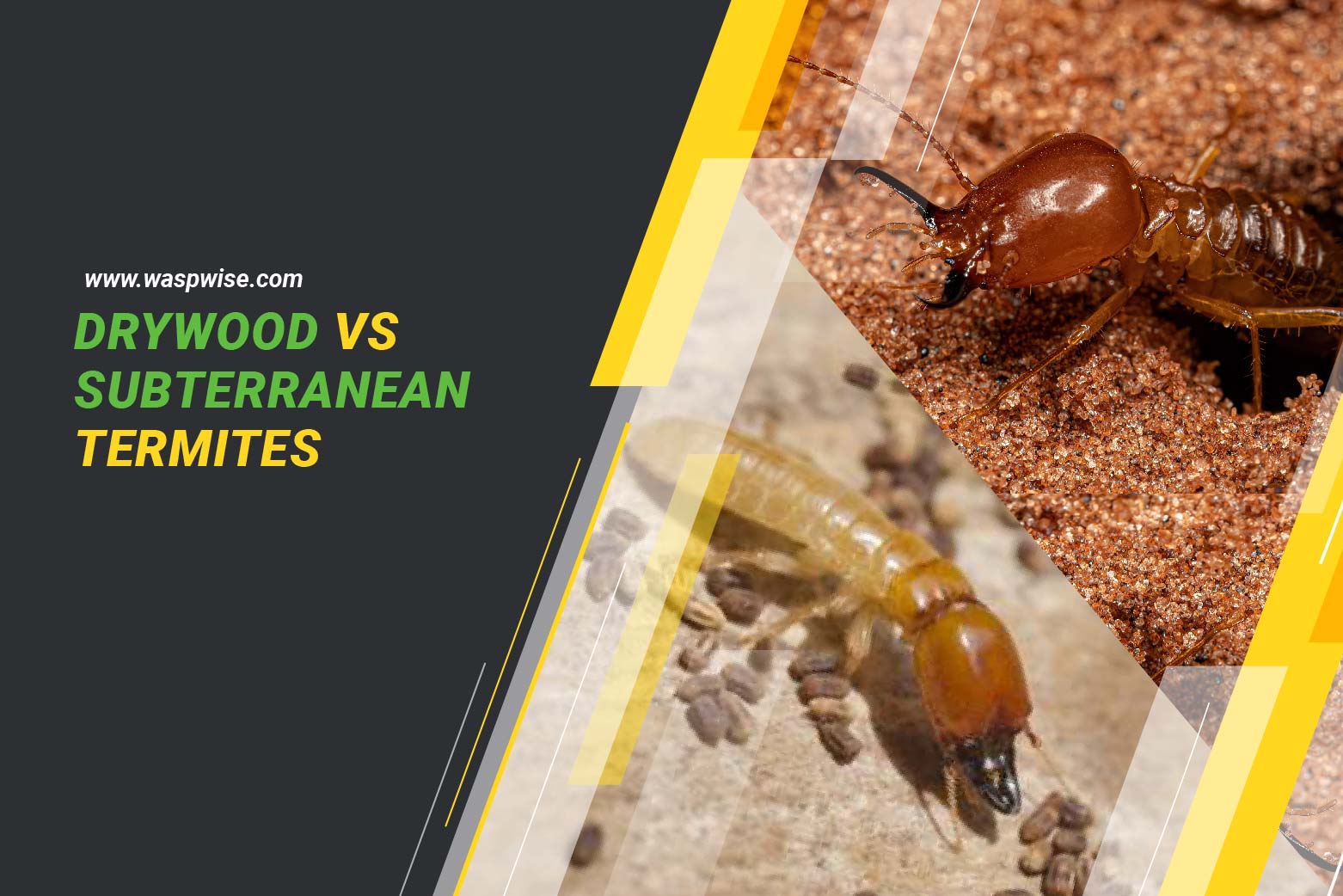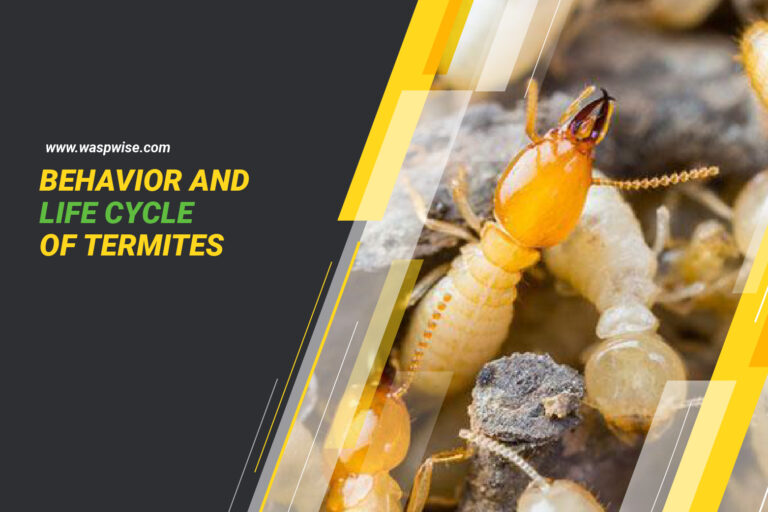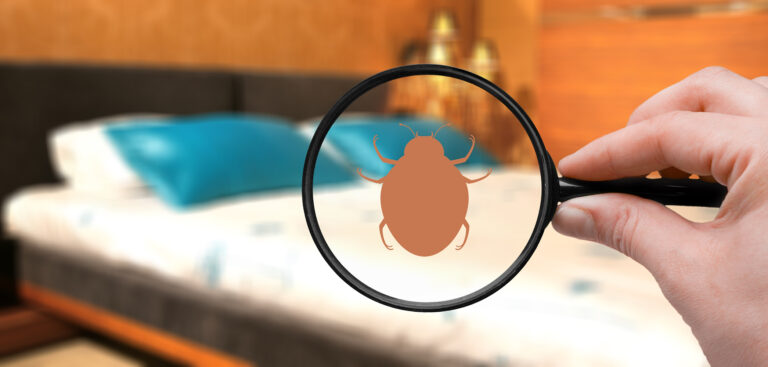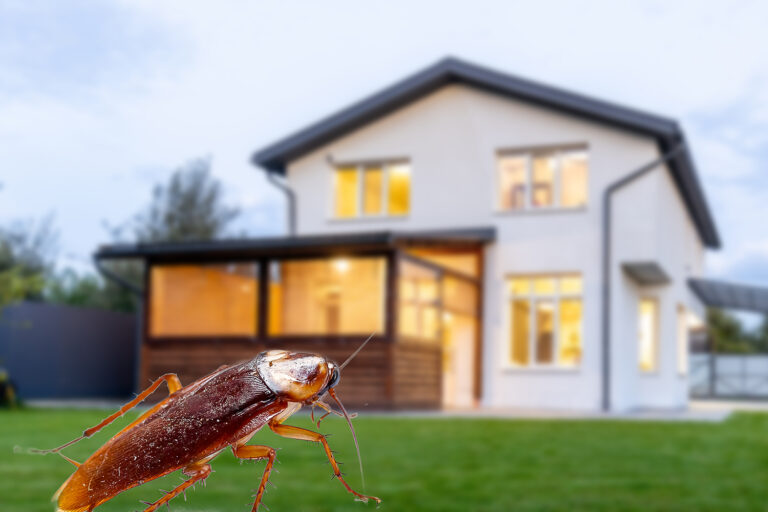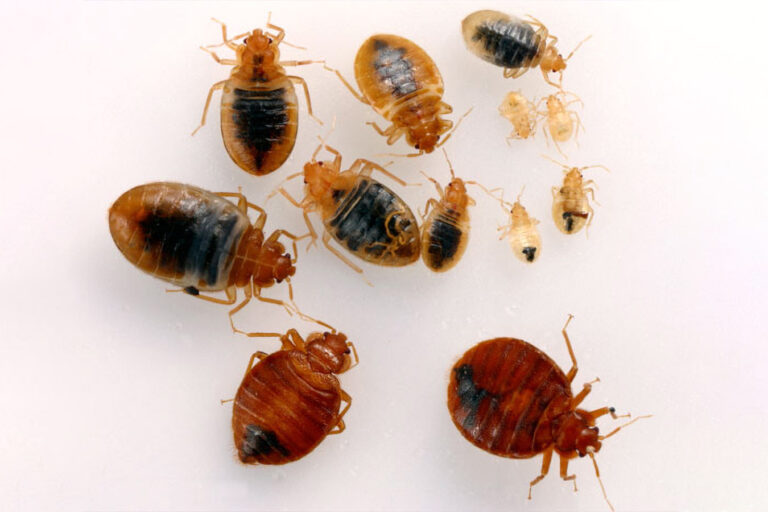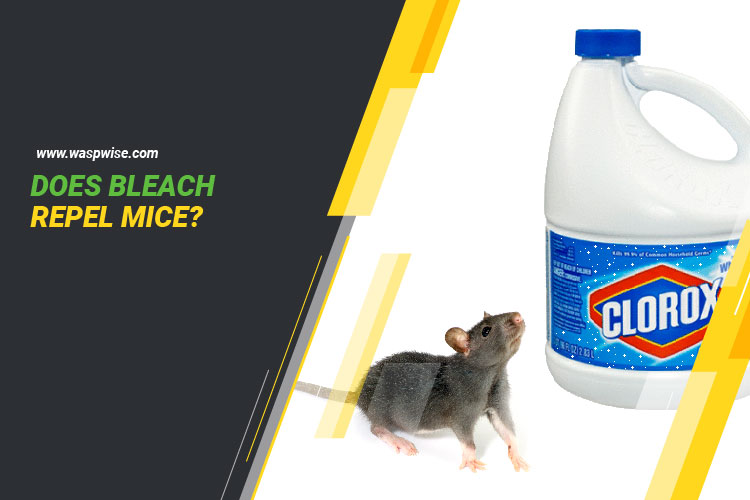DRYWOOD VS SUBTERRANEAN TERMITES: UNDERSTANDING THE DIFFERENCES AND TREATMENT OPTIONS
Introduction:
Have you ever heard the saying “out of sight, out of mind”? When it comes to termites, this couldn’t be further from the truth. These pesky insects can hide away in the depths of your home, quietly eating away at the wooden structures and causing extensive damage.
In this article, we will explore the differences between Drywood and Subterranean Termites, their habitat and behavior, signs of infestation, treatment options, and prevention tips.
Importance of identifying termite species:
Identifying the termite species is crucial because different termite species require different treatments. Subterranean termites live underground and require soil to survive, while Drywood termites live inside the wood they infest. The location of the infestation and the extent of the damage can also vary depending on the type of termite.
Drywood vs Subterranean Termites: Habitat and signs of infestation:
Drywood Termites:
Drywood termites live inside the wood they infest, and they do not require contact with the soil. They create colonies within the wood, and their nests are not visible. Signs of Drywood termite infestation include small piles of fecal pellets that resemble sawdust and tiny kick-out holes on the surface of the infested wood.
Subterranean Termites:
Subterranean termites live underground and require soil to survive. They create mud tubes to travel through, and their colonies can be found in the soil or in wooden structures. Signs of Subterranean termite infestation include mud tubes on the foundation walls or in crawl spaces, damaged wood with honeycomb patterns, and discarded wings near the entry points.
Differences Between Drywood and Subterranean Termites:
Physical differences:
Drywood termites are slightly larger than Subterranean termites, and they have a dark brown color. Subterranean termites are pale in color and have a soft body that is easily crushed.
Habitat differences:
Drywood termites live inside the wood they infest, while Subterranean termites live underground and require soil to survive.
Behavior differences:
Drywood termites infest dry and sound wood, while Subterranean termites infest damp or decaying wood. Drywood termites create colonies within the wood they infest, while Subterranean termites create mud tubes to travel through.
Infestation risks:
Both Drywood and Subterranean termites can cause significant damage to wooden structures, leading to costly repairs. It’s essential to take preventative measures to avoid infestations, such as reducing moisture in crawl spaces, sealing cracks and crevices, and storing firewood away from the house.
Treatment options:
Drywood Termites:
Drywood termites can be treated with fumigation or heat treatment. Fumigation involves covering the structure with a tent and filling it with a gas that kills the termites. Heat treatment involves using special equipment to raise the temperature of the infested area to a level that kills the termites. Both methods require professional help.
Subterranean Termites:
Subterranean termites can be treated with liquid termiticides, bait stations, or a combination of both. Liquid termiticides are applied to the soil around the structure to create a barrier that prevents termites from entering. Bait stations are placed around the structure, and when termites feed on the bait, they bring it back to the colony and share it, eventually leading to the death of the entire colony. Professional help is also required for these treatment options.
Conclusion:
Identifying the type of termite infesting your property is crucial for effective treatment. Drywood and subterranean termites differ in habitat, behavior, and physical characteristics. While both can cause significant damage, subterranean termites are more common and more destructive. Knowing the signs of termite infestation and implementing preventative measures can save you from costly repairs.
Remember to regularly inspect your property for signs of termite infestation, such as mud tubes or wood damage, and seek professional pest control services for effective treatment. With proper termite control, you can protect your property and ensure the safety and comfort of your home or business.

